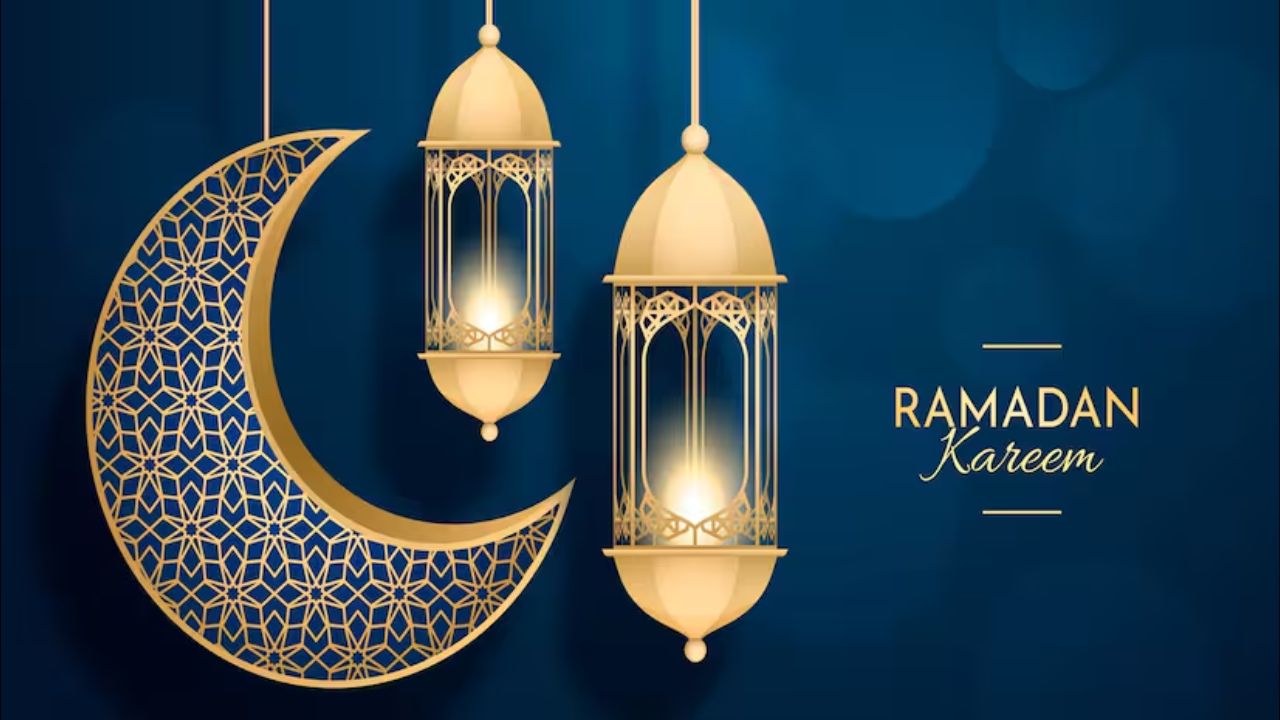Ramadan 2024: As the sun goes down and the call to prayer rings out, Muslims all over the world can’t wait to break their fast during Ramadan, a holy month of fasting, prayer, and community. At Iftar, when the fast is broken, people often get together with family and friends to have a good time.
Desserts are one of the most-anticipated parts of Iftar. They are very different from one area to the next, showing how different Muslim cooking customs are. These five treats from around the world are easy to make and will make your iftar table more fun.
Ramadan 2024: Indulge in 5 Irresistible Traditional Iftar Desserts Worldwide
Qatayef (Middle East)
During Ramadan, many people in the Middle East eat qatayef for dessert. You can put nuts, cheese, or cream inside these thin pancakes, fold them over, and then bake or fry them. A sweet sauce made of sugar, water, rose water, or orange blossom water is often poured over them while they are still warm. Rose water or orange flower water is often spread on top of them.
Baklava (Turkey/Greece/Levant)
Baklava is a rich dessert from the Middle East and beyond. It is made of layers of phyllo dough that are filled with chopped nuts, usually walnuts or pistachios, and honey or syrup to make them taste sweet. The layers are brushed with butter or ghee after they are cooked, which makes the crust crispy and brown. Besides being sweet and crunchy, baklava is often spiced with warming herbs and spices like cinnamon and cardamom. The treat of Ramadan is known for its many layers and sugary sweetness.
Mahalabiya (Egypt)
Mahalabia is a thick pudding that is often served at iftar meals in Egypt and other places. It is also known as Muhallebi or Mahalabia. Mahalabiya is usually made with milk, sugar, and cornstarch. To give it a flowery smell, rosewater or orange blossom water is added.
After it has been cooled and set, chopped nuts like almonds or walnuts and a sprinkle of cinnamon are often added on top. It’s a light but filling treat because it’s smooth and tastes great.
Sheer Khurma (South Asia)
The name of this classic South Asian treat, “milk with dates” in Persian, is eaten during Ramadan. Vermicelli noodles are cooked in milk until they are soft and creamy.
Next, sugar, cinnamon, and saffron are added to taste. Because dates, nuts, and dried fruits were used, it has a rich, sweet taste and a chewy texture. Sheer Khurma is often served warm with nuts and rose petals on top. It is a comfortable and rich way to end a fast.
Zulbia and Bamia (Iran)
Zulbias and Bamias are popular in Iran and around the Muslim world. They are deep-fried sweets that are soaked in sugar syrup and are sometimes called Jalebi in some places. In Zulbia, flour, yogurt, and saffron are mixed together to make a batter.
In Bamia, the batter is made differently, like small donuts. When they are golden brown and crisp, they are dipped in syrups that smell good and have rose water or saffron in them. The outsides of Zulbia and Bamia are crunchy, and the insides are sweet and sticky with spices that smell great.


















